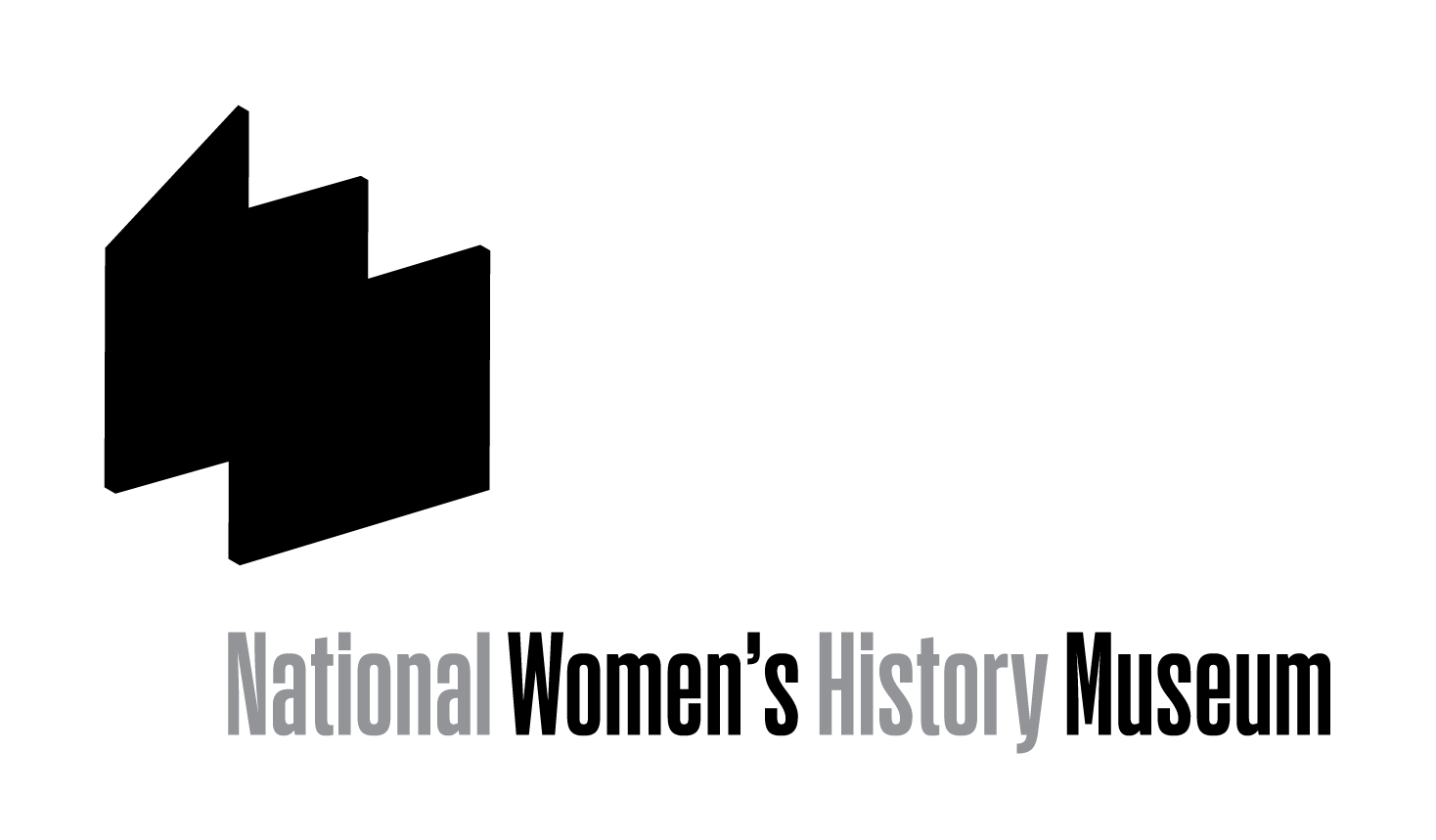The way to right wrongs is to turn the light of truth upon them.
Ida B. Wells
Women from New Jersey at the Capitol during a prohibition hearing, Library of Congress.
Female Reformers in the Progressive Era
In the late nineteenth and early twentieth centuries, women joined national organizations in great numbers. The rise of the National American Woman Suffrage Association, National Association Opposed to Woman Suffrage, and National Association of Colored Women grew as part of this trend. Women of all backgrounds—rich and poor, white and black, native-born Americans and immigrants—participated in these national women’s clubs. The Woman’s Christian Temperance Movement, which aimed to make alcohol illegal, was among the most popular national women’s organizations of the period. Their movement succeeded with the start of the nationwide prohibition of alcohol in 1919.
Women became leaders in a range of social and political movements from 1890 through 1920. This period is known as the Progressive Era. Progressive reformers wanted to end political corruption, improve the lives of individuals, and increase government intervention to protect citizens.
The suffrage movement was part of this wave of Progressive Era reforms. Prominent suffragists led other progressive causes as well. Jane Addams established Chicago’s Hull-House, a settlement house that educated and provided services for local immigrants. Ida B. Wells-Barnett led a campaign against the lynching of African Americans.
While earlier generations discouraged women from participating in public, political movements, society began to embrace female activism in the late nineteenth century. Progressives often argued that women’s politics complemented their traditional roles as wives and mothers, caregivers and keepers of virtue. Margaret Sanger argued that birth control would improve family life, especially for working classes. Charlotte Hawkins Brown worked to ensure that black children received a good education. Florence Kelley fought for laws that protected women in the workplace. By turning women’s traditional social roles into public and political ones, this generation of reformers began to win broader support for women’s votes.
By Allison Lange, Ph.D.
Fall 2015
Essential Questions
- What did the increased involvement in reform organizations do for suffrage?
- What was the relationship of the Woman's Christian Temperance Union (WCTU) to the suffrage movement?
- What were the issues that reform movements formed to address? How were they defined as "women's" issues?



Public domain.
Jane Addams dedicated her life to improving the living and working conditions of immigrants, especially those living in poverty in large cities. She believed through voting women could help pass laws that would improve conditions. In her speech, “The Modern City and the Municipal Franchise for Women,” Addams focused on the need of cities to clean up through “civic housekeeping.” This speech, delivered at the National American Woman Suffrage Association Convention in 1906, encouraged women to become more active in civil life in order to bring about change in human-welfare.